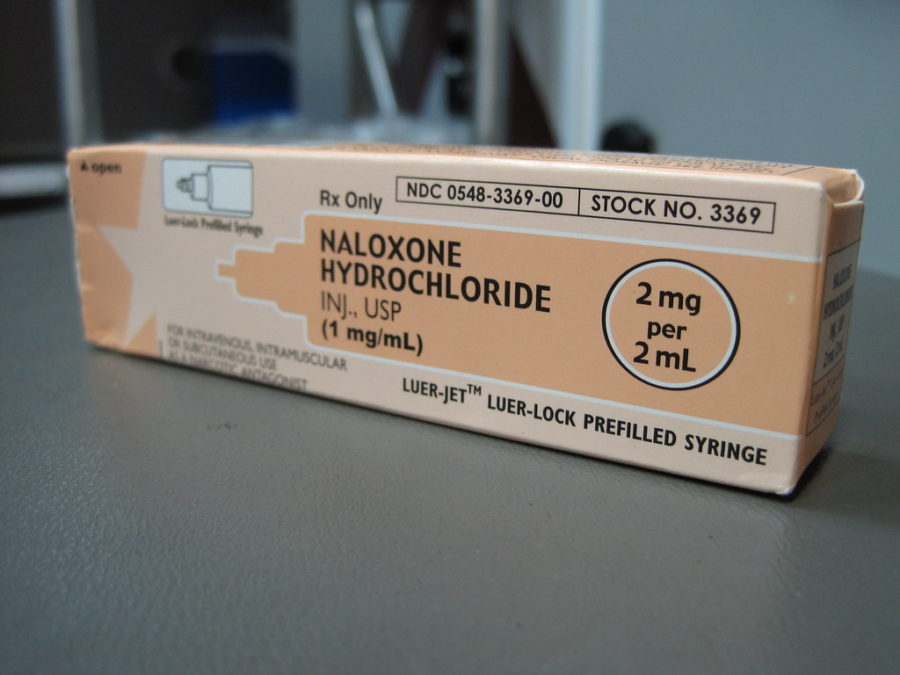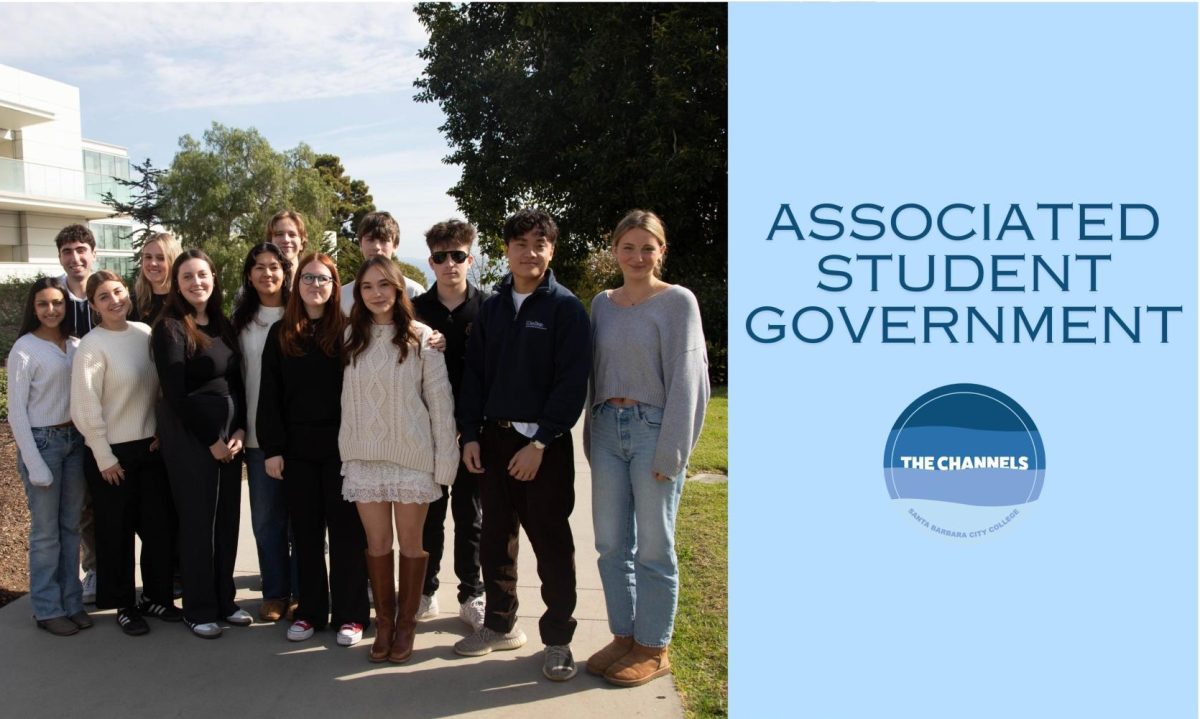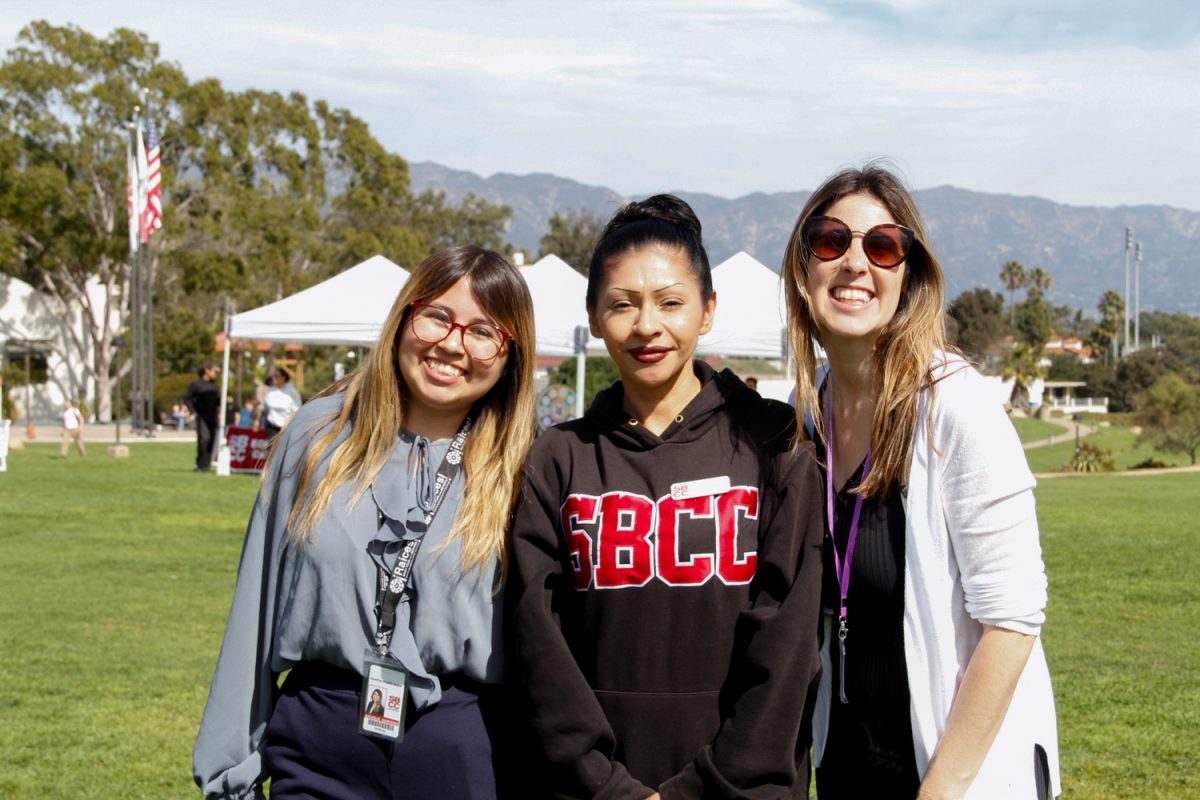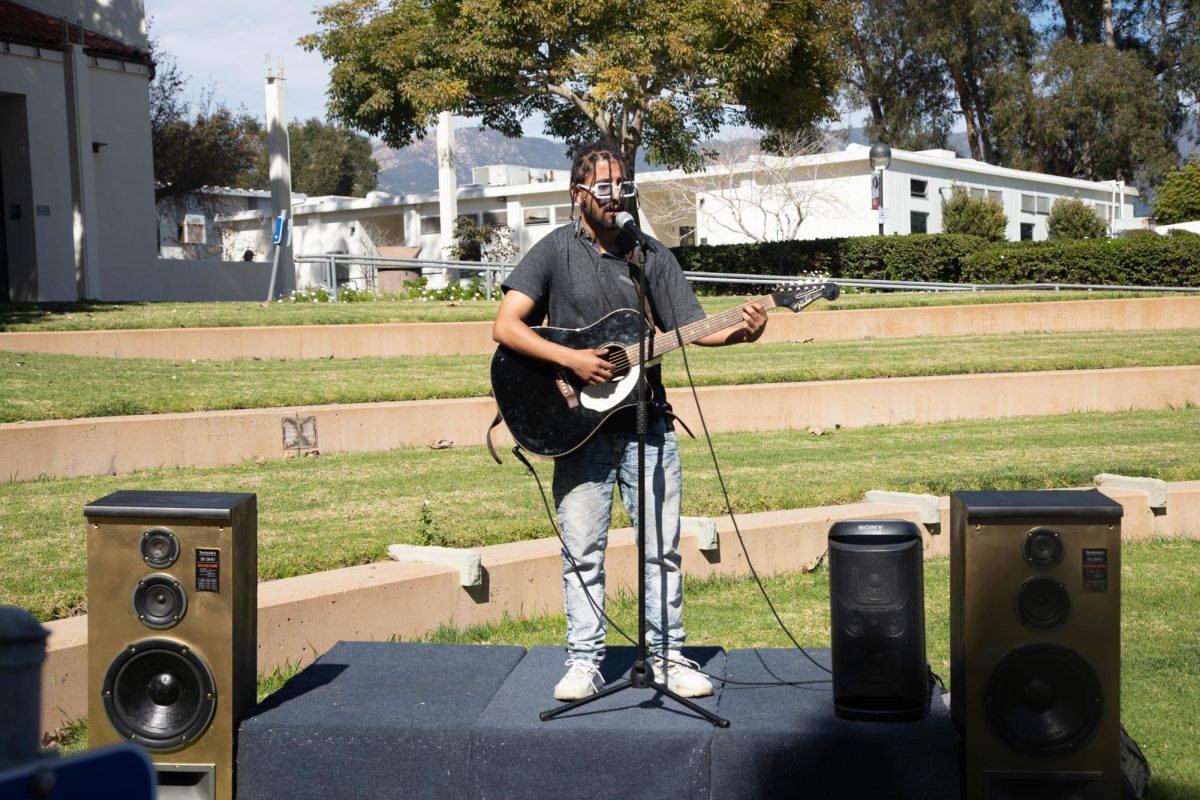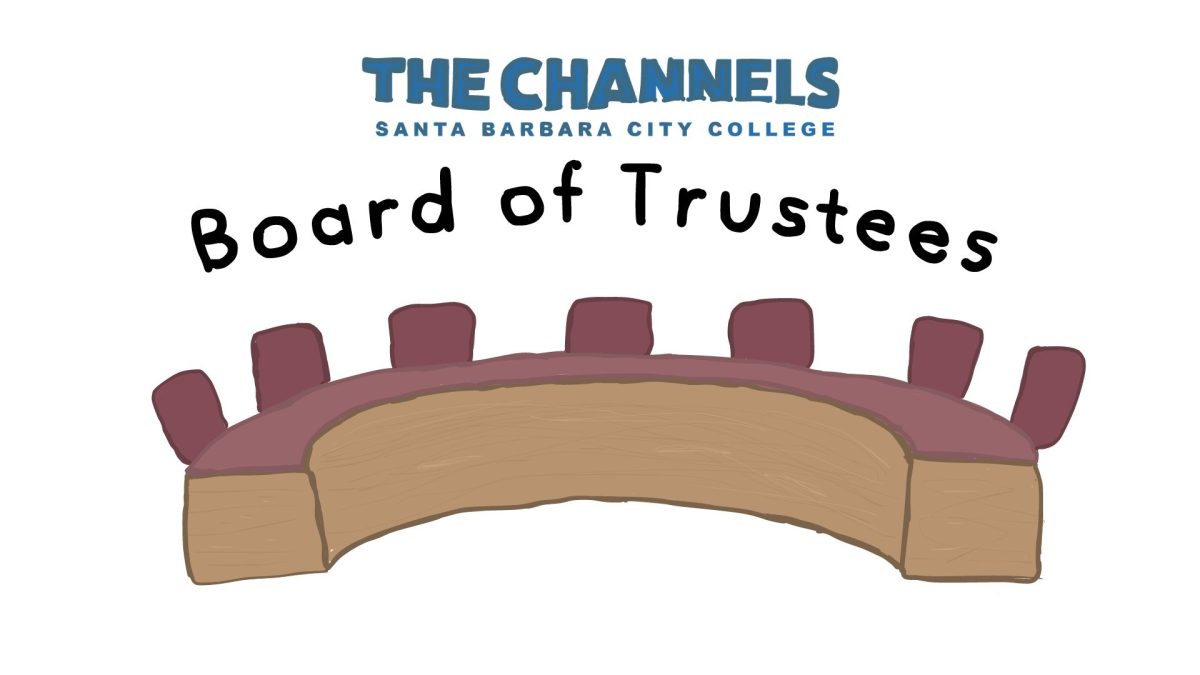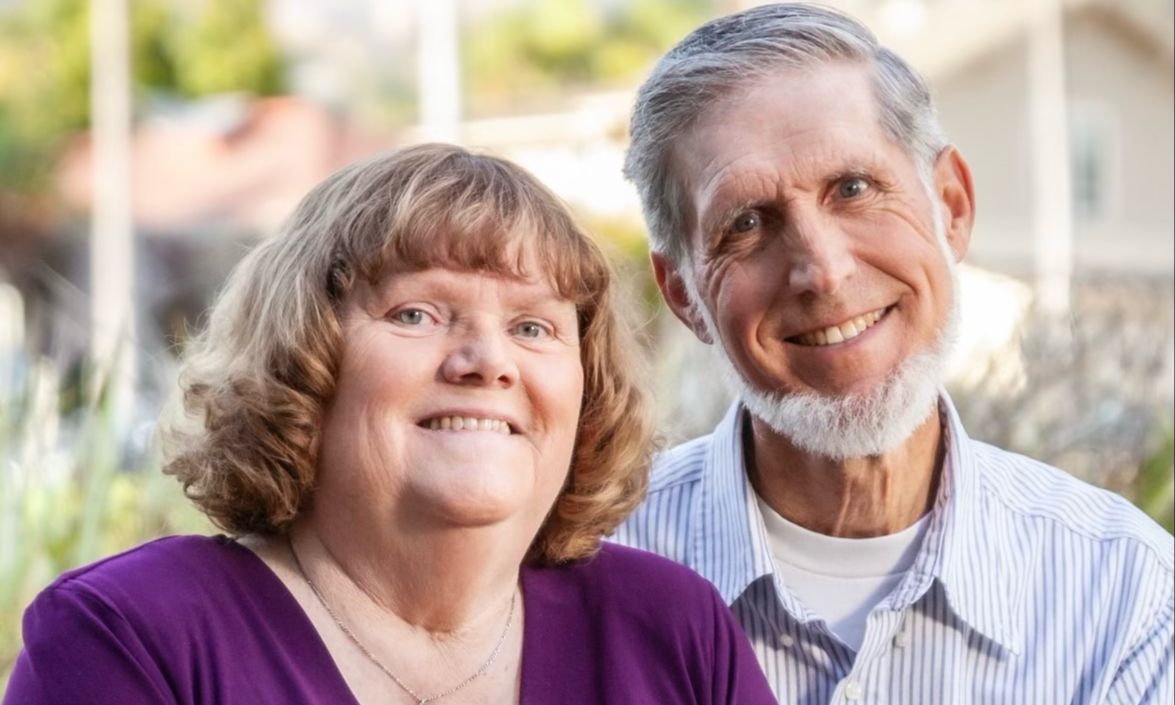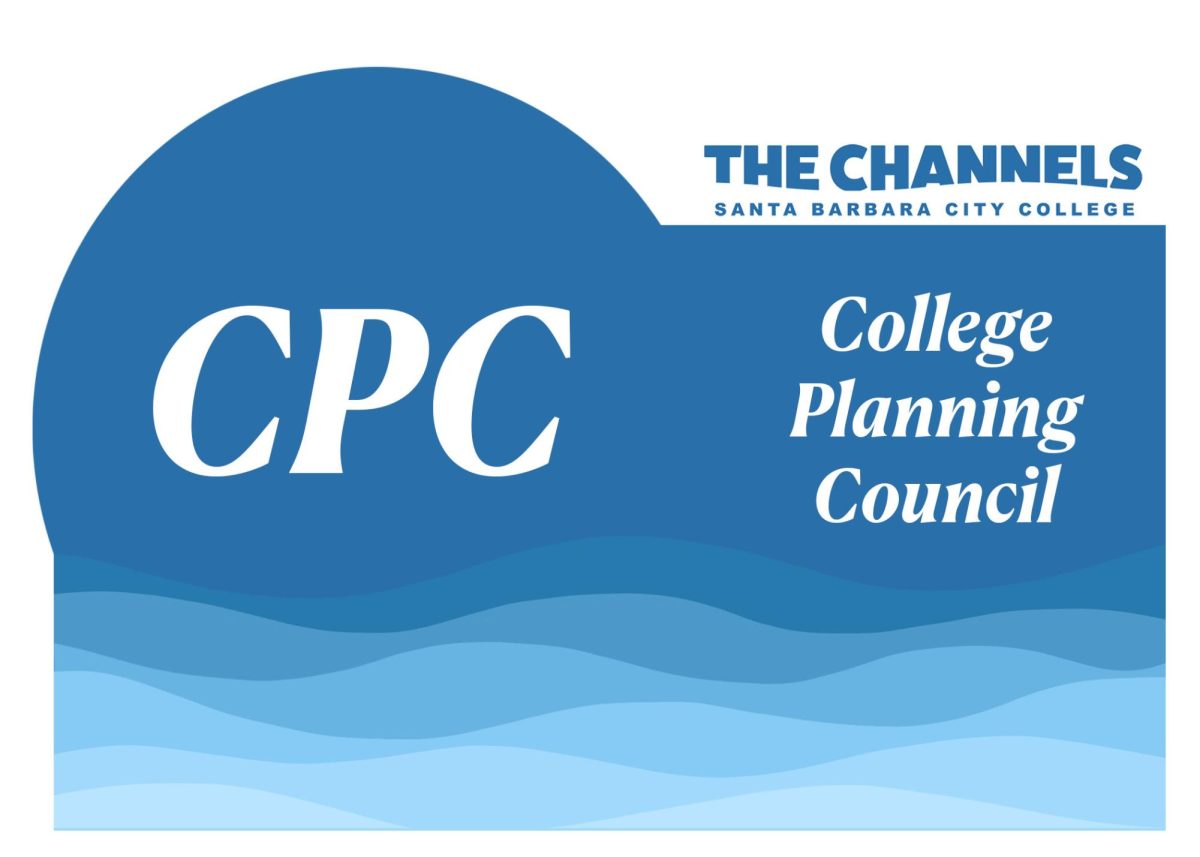Training and distribution of the anti-overdose medication Naloxone is underway at City College to help prevent overdose deaths in the community.
Naloxone is a nasal spray that can bring normal breathing back to someone who has overdosed on opioids such as heroin or certain pain medications.
“This is a life-saving tool, it’s easy to use and it can save a life,” said Lacey Peters, coordinator of the Anchor Program, which offers substance abuse education and counseling at City College.
Opioid use has been on the rise nationwide and locally during the pandemic.
According to the Santa Barbara County Department of Behavioral Wellness, there were 416 known opioid overdose reversals with Naloxone in 2020 in Santa Barbara. In 2019 there were 296 instances.
“We are in the midst of an opioid epidemic, and you can help prevent overdose in our community,” said Angie Bryan, the recovery program manager of UCSB’s Alcohol and Drug Program.
Training is held monthly and educates students about opioids and how to use Naloxone. The City College Anchor Program co-hosts the program in collaboration with the UCSB program.
Some ask if having easy access to an opioid-reversal medication can enable drug use. Bryan says it’s important to remember that Naloxone is meant to prevent accidental deaths, and reduce potential harm.
“There’s a saying that the only thing Naloxone enables is breathing,” Bryan said. “People can’t get better if they’re dead.”
Naloxone is just one of the strategies used in a growing movement called harm reduction, which is “a set of strategies and ideas aimed at reducing negative consequences associated with drug use,” according to the National Harm Reduction Coalition.
Harm reduction also takes social justice issues into account.
“There are realities in our society that contribute to why people use drugs,” Bryan said.
Social inequalities such as poverty, racism, past trauma and sex-based discrimination can make people more vulnerable to drug-related harm and weaken their ability to reduce risk or seek treatment.
“If people aren’t ready to stop using and we shame them, more people are going to die,” Peters said.
Harm reduction is a nonjudgmental mindset of meeting people where they’re at, according to Bryant, and educating them to lessen the potential harm of drug use.
“Even if people are choosing to use drugs, they have the right to safety and to be protected,” Bryan said.
Trying to force people to stop using drugs and criminalizing their behavior is a hindrance to getting well, she said.
Both Peters and Bryan seem to agree that ending the shame that drug abuse often elicits can help a person feel more empowered to change if they want to.
“We’re also giving people an awareness of recovery as a way of life that they might choose,” Bryan said. “Seeing other people in recovery may give them hope that they want it too.”
Since the pandemic started, Naloxone training has been held online and announced by email. However, Naloxone kits and information will be distributed from noon to 1 p.m. on Monday, April 19 at the main campus roundabout.
“People change when they find a reason to change,” Peters said. “I want them to feel supported, even if they’re not ready to change.”
For more information contact healthandwellness@pipeline.sbcc.edu.


